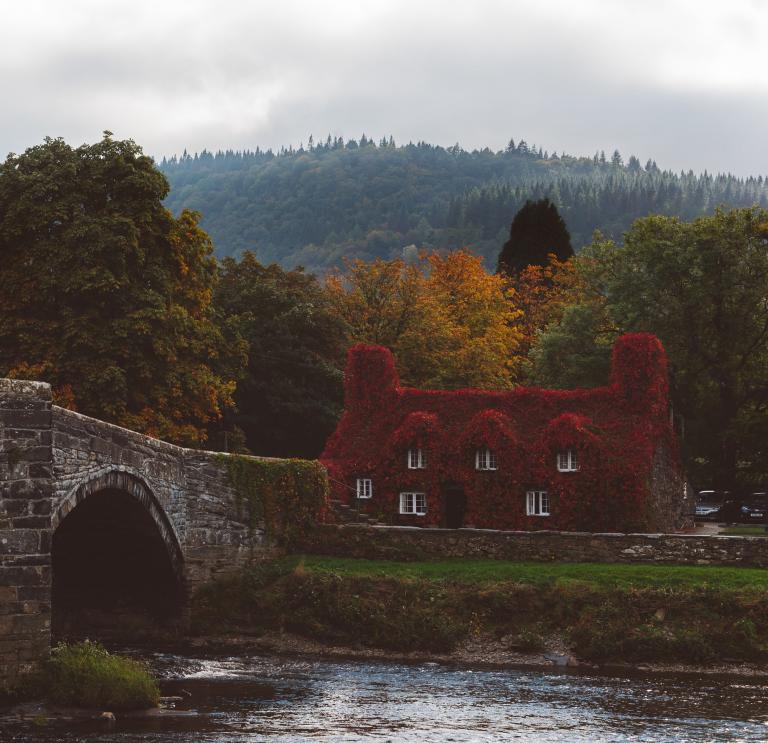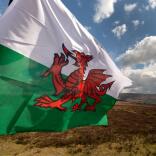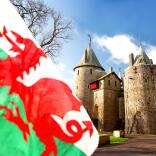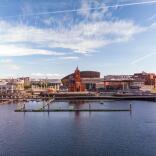Spring. Gwanwyn.
Wales is a great place to experience spring. It's a season that's all about vivid colours, as the trees come into leaf and wildflowers bloom. Among the earliest to arrive is the wild daffodil, just in time for St David’s Day on the first day of March. One of the best displays can be found at Coed y Bwl, near Bridgend, carpeting the woodland floor in pale gold.
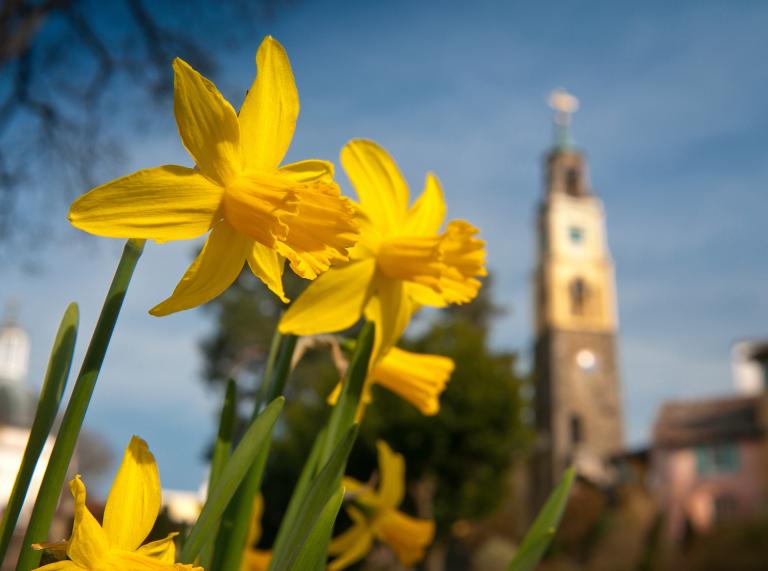
In April, blue becomes the theme colour. A walk in a bluebell wood is a sensory experience that’s at its best in the early morning, when the dew is lifting and the air is heady with the scent of thousands of the tiny flowers. You’re unlikely to be disappointed by Coed y Wenallt, a 44-hectare patch of ancient woodland near Cardiff, or the Coed Aber Artro Woodland Trust reserve near Harlech in North West Wales.
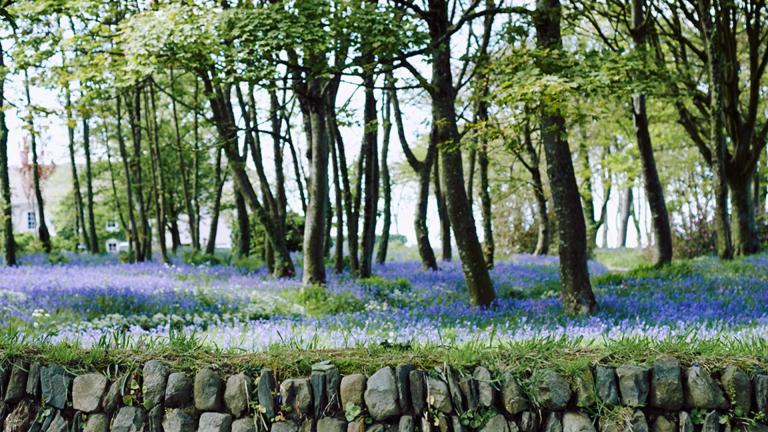
There's also an eruption of red, as spectators dress in the national sporting colours for Wales' Six Nations rugby matches at Principality Stadium. And moving from red to well-read, spring is also when the Hay Festival takes place, bringing eminent authors, thinkers and literati from all corners of the world to the "town of books" on the Welsh borders.
The waterfalls of Wales impress at any time of year, but they’re at their best in early spring."
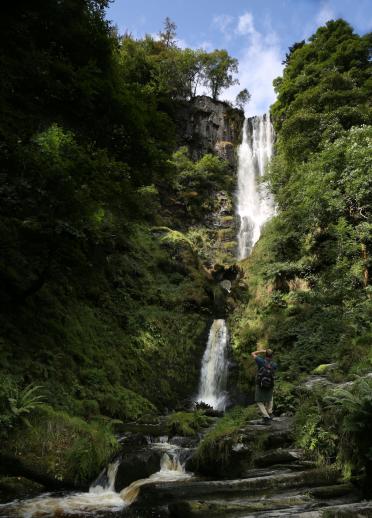
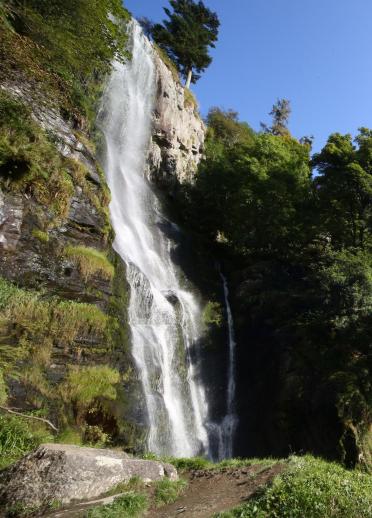
The waterfalls of Wales impress at any time of year, but they’re at their best in early spring. They’ve been well-fed by winter rain, ensuring a decent cascade, but the surrounding trees are leafless, creating the perfect light for photography. Try Pistyll Rhaedr in Powys’s Berwyn Mountains, the king of Welsh falls and one of the tallest in the whole of Britain at 73m (240ft) – or there's Henrhyd Falls in the Bannau Brycheiniog (Brecon Beacons) National Park, which doubled for the entrance to the Batcave in The Dark Knight Rises.
Summer. Haf.
The temptation may be to hit the beach – and let’s face it, we’ve no shortage of stunning ones – but there’s more to summer than sand and surf. Wales is known for the beauty of its green countryside, and it’s a delight to wander through formal gardens such as Dyffryn in the Vale of Glamorgan or Bodnant, in the Conwy valley, North Wales, where you can see (and smell) exotic species alongside our native plants.
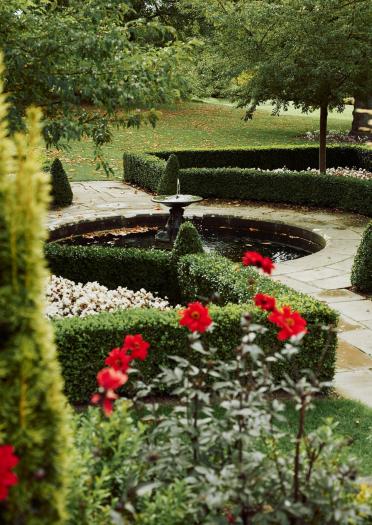
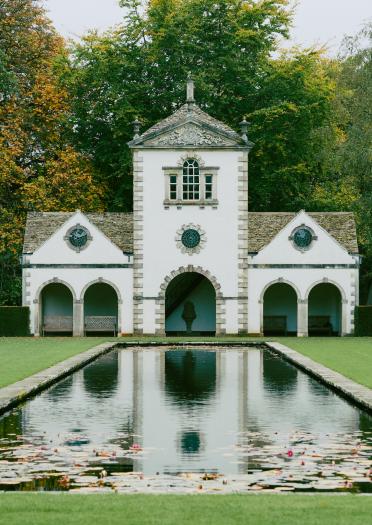
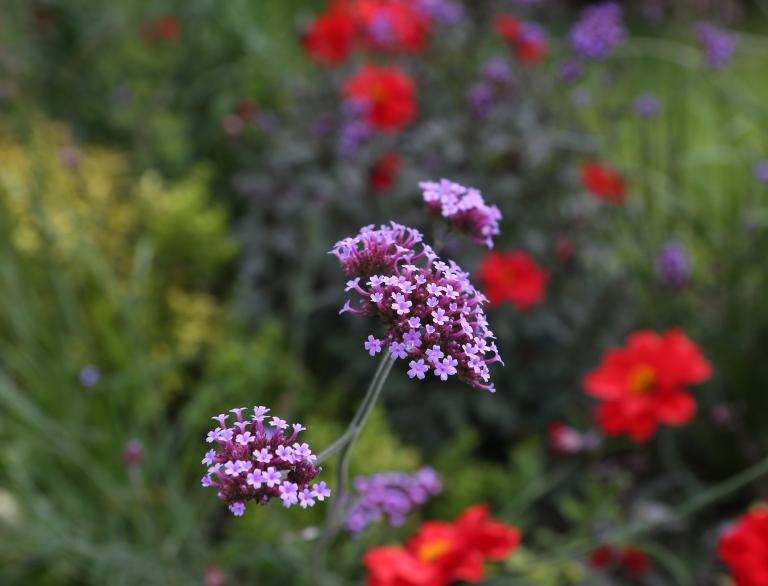
Early summer brings an influx of seabirds to the coast to raise their young, turning clifftops into avian cities. A good choice is South Stack, Anglesey’s most westerly point, where sightings of razorbills and puffins are guaranteed. If you’re lucky, you may also catch a flash of a swooping peregrine falcon.
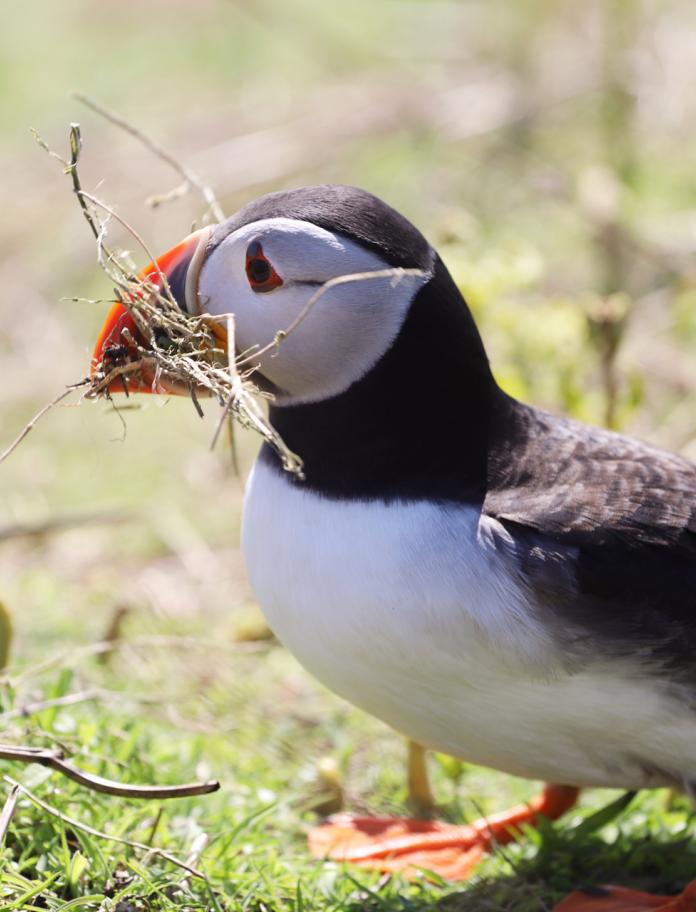
Summer is also the most likely time to see dolphins, porpoises and whales. Cardigan Bay is home to one of only two resident bottlenose dolphin colonies in Britain’s coastal waters, and New Quay in Ceredigion is a noted vantage point. You can take a pair of binoculars and scan the sea from the harbour wall for tell-tale fins breaking the surface – or book a boat trip for the chance of a closer encounter.
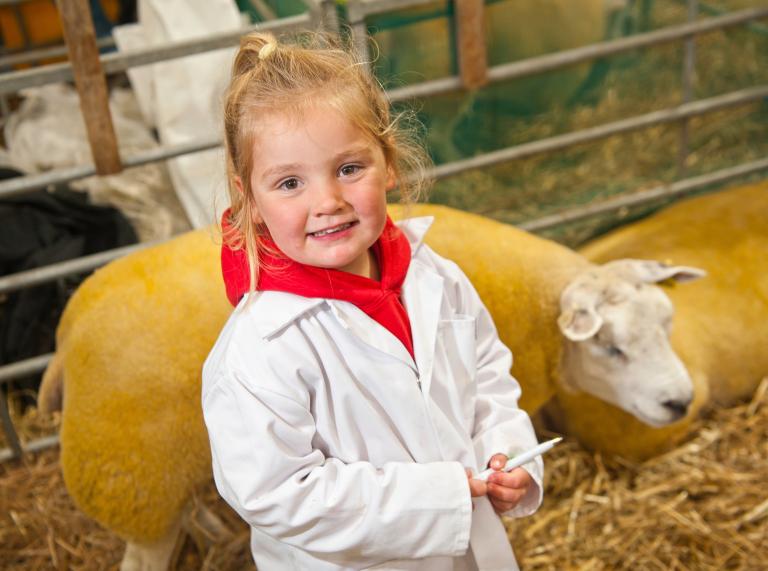
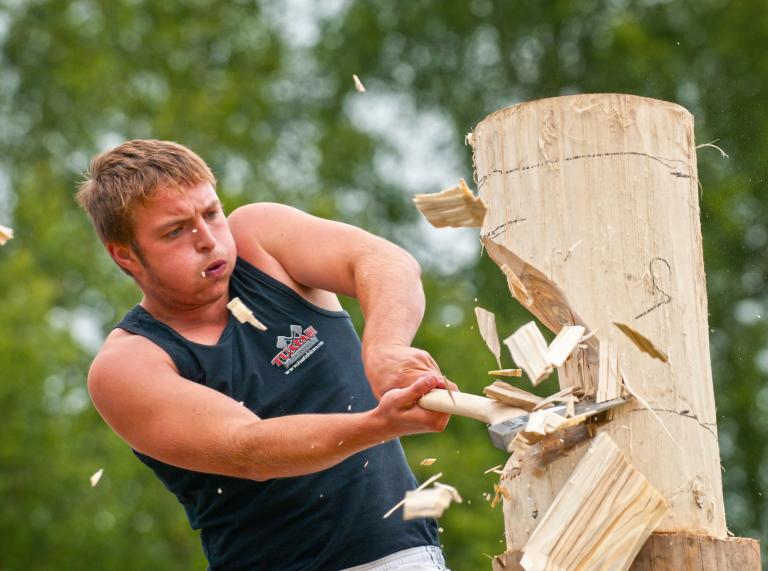
The cultural calendar is packed during the summer months. There's the International Eisteddfod at Llangollen, North East Wales, and the National Eisteddfod, which takes place at a different location each year. And the Royal Welsh Show at Builth Wells, Mid Wales, offers a summer day out unlike any other. It's one of Europe's most prestigious agricultural shows, with everything from livestock competitions (including the famous Welsh Cob stallions) to forestry demonstrations, country sports and craft stalls.
Autumn. Hydref.
The annual deer rut, when a temporary madness descends on the normally placid herds, is among autumn’s greatest wildlife spectacles. At Margam Park, near Port Talbot, you can witness the noisy mating rituals of three species – red, fallow and Père David’s deer.
A cluster of food festivals take place around harvest time. The best-established one is the Abergavenny Food Festival, when more than 30,000 visitors converge on the Mid Wales town for a packed programme of tastings, gastronomic events and street entertainment. September also sees big foodie events in Mold, North Wales, and Narberth in Pembrokeshire.
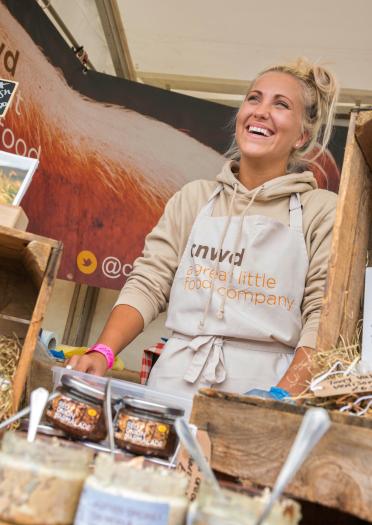
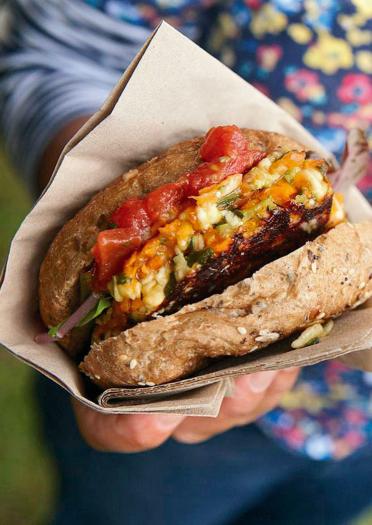
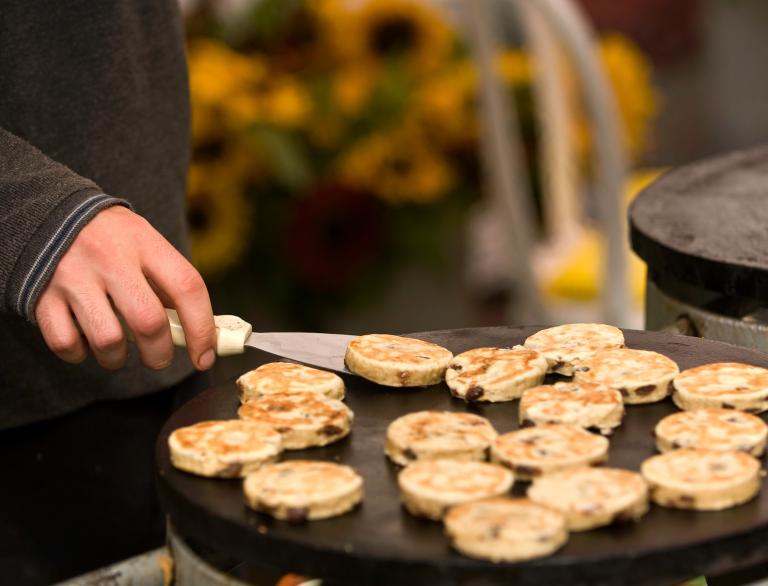
A woodland walk is an autumn must-do. Wherever you go in Wales, there are forest trails where you can scuff through the fallen leaves; but many walkers (and a fair number of romantic poets) would put the Wye Valley in a category of its own. Don’t miss the ruins of Tintern Abbey in late afternoon, with a backdrop of beech (polished copper), oak (old gold), and ash (lemon yellow).
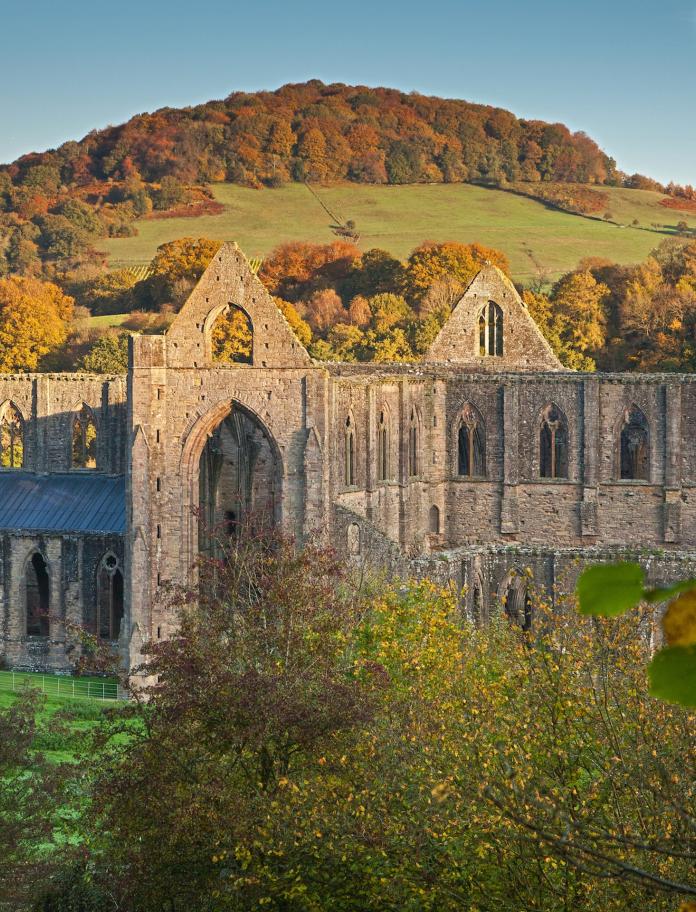
And while grey seals are year-round residents of the Welsh coast, you’ll see the milky-white pups only in autumn. Seal mums choose to give birth in company, making for large colonies on many of our islands including Bardsey in the north and Skomer, off Pembrokeshire. The biggest is at the other side of St Brides Bay, on Ramsey Island. Around 600 pups are born there each year, many on a single beach. A limited number of trips are available with wildlife guides, offering the best and safest views for you and the seals.
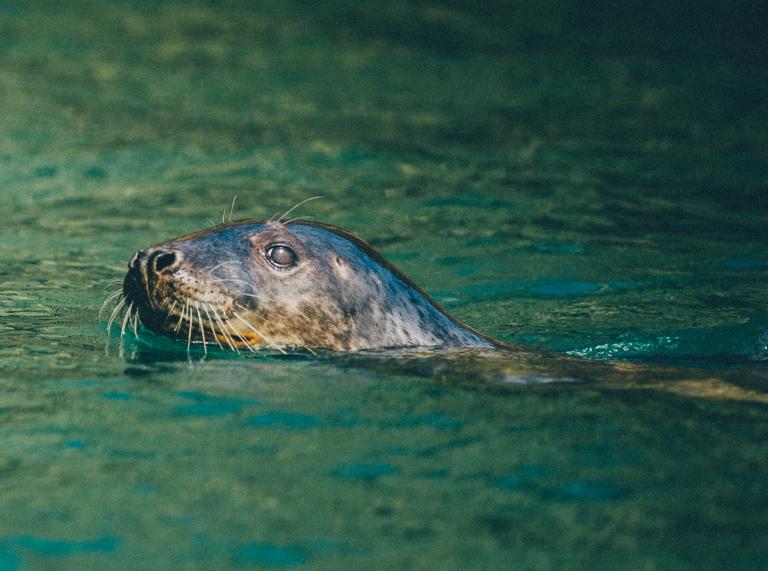
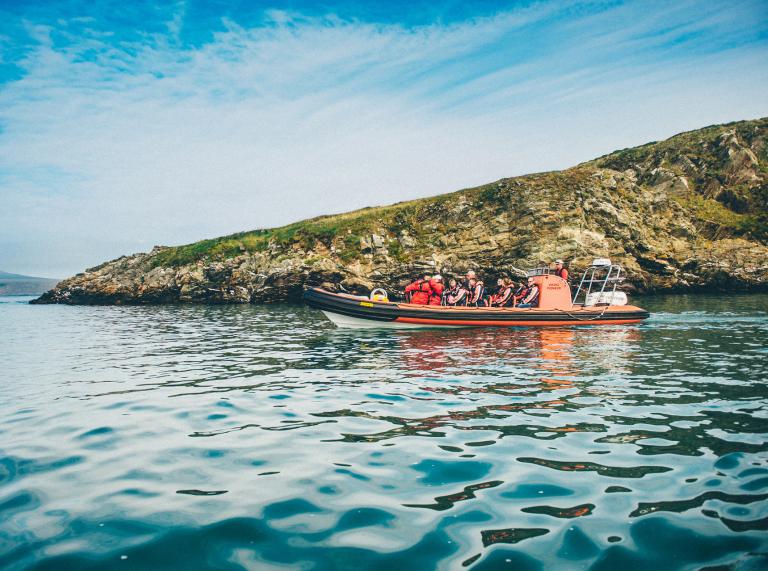
Winter. Gaeaf.
Wrap up warm for walks on windswept beaches: you’ll often find you have one to yourself. There are plenty to choose from on the Gower Peninsula, from Rhossili – now a permanent fixture on lists of the world’s most scenic sands – to Langland, with its pretty terraces of 1920s beach huts. Carry on round to North Gower and the mouth of the Tywi, and you’ll see scores of estuary birds including oystercatcher, curlew and dunlin, their numbers greatly swelled by wintering visitors.
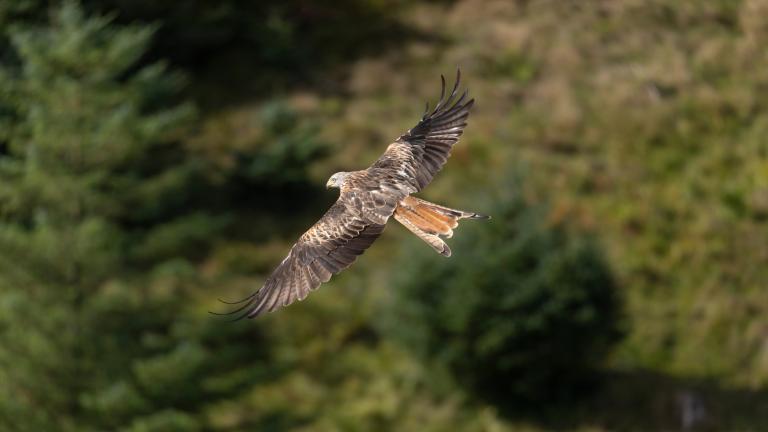
It’s also kite-watching time. The red kite was once Britain’s rarest bird of prey, and by the 1950s was on the edge of extinction. A handful hung on in the mountains of Wales, and with a little help from dedicated volunteers, they’ve made an impressive comeback. At feeding stations such as Gigrin Farm near Rhayader and Bwlch Nant yr Arian near Aberystwyth, the birds turn up in their scores on hungry winter days.
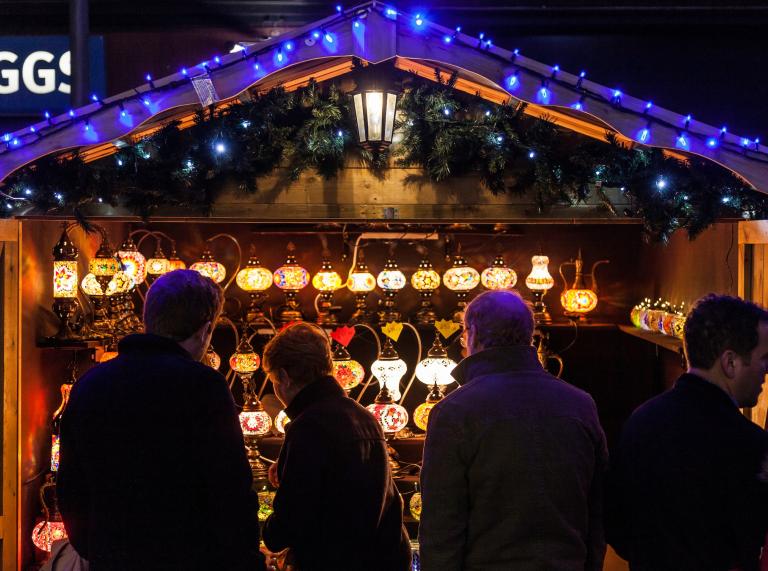
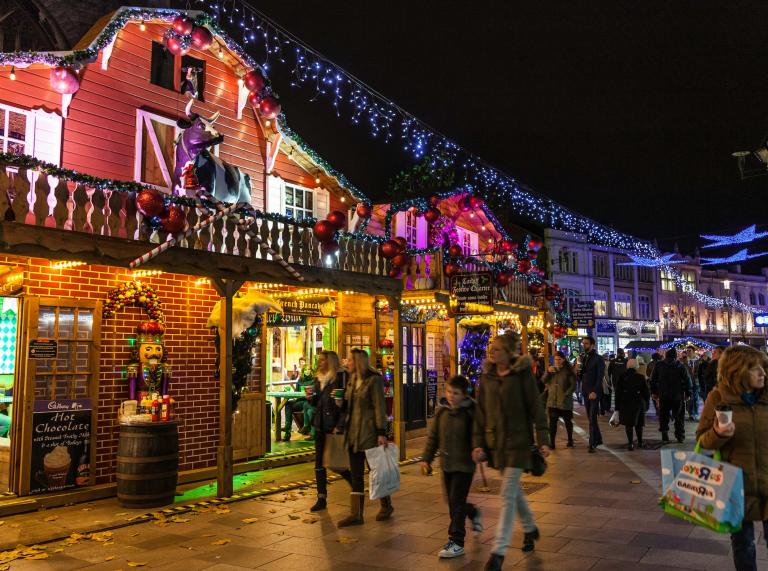
As Christmas draws near, seasonal markets spring up. Established favourites include Cardiff, with wooden stalls lining the main shopping thoroughfares of St Mary Street and the Hayes, and Wrexham's Victorian-themed market; but you'll find examples throughout Wales. It's a chance to sip a glass of mulled wine and seek out imaginative hand-made gifts.
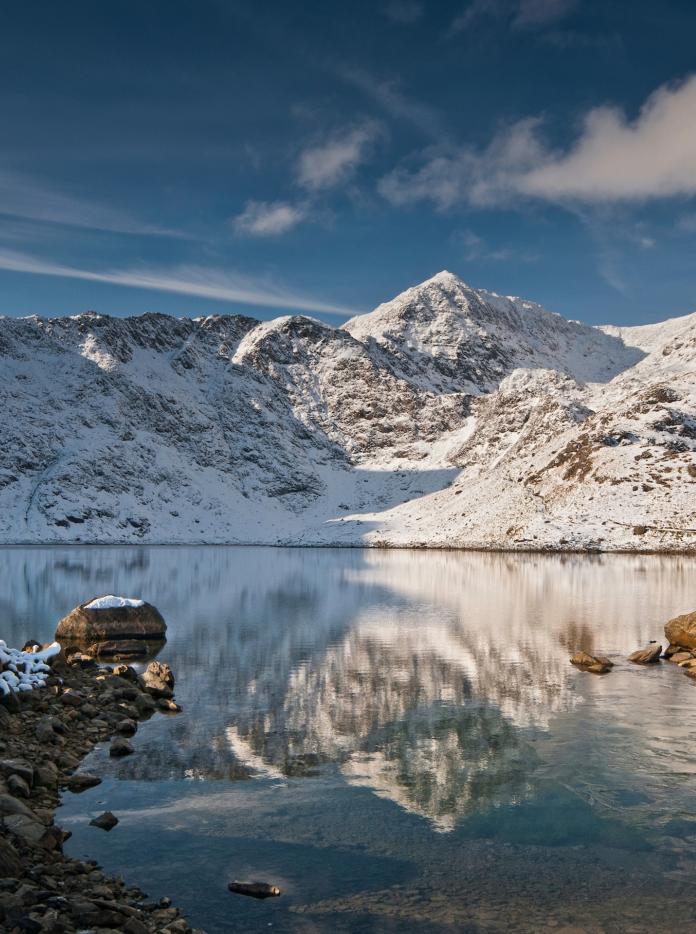
In most parts of Wales, you’re more likely to have a light dusting of snow than a full-on flurry (though it does sometimes happen – Dafydd ap Gwilym, the great poet of Medieval Wales, wrote of snowflakes like “a swarm of white bees”). Yr Wyddfa (Snowdon) blanketed in white is a magnificent sight, though you probably won't be able to get to the top: the mountain railway gets a well-earned rest each winter, and the ascent by foot is for expert climbers only. But one great virtue of North West Wales is that a pub with a roaring open fire is never too far away.
